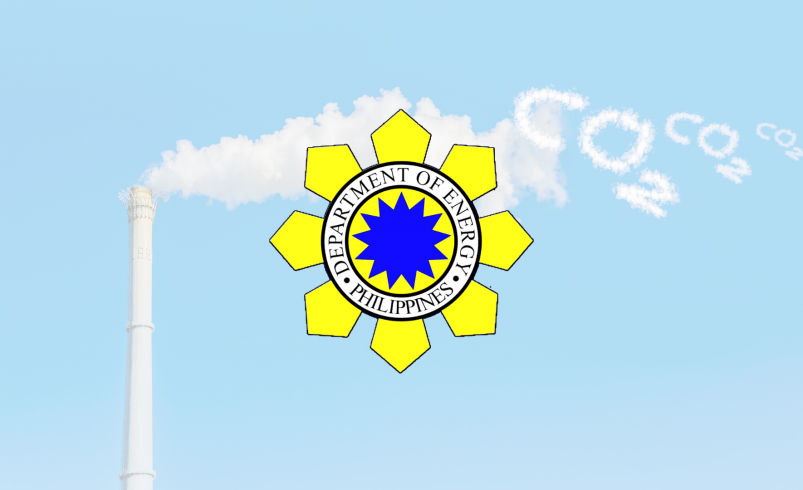DOE launches first carbon credit rules to boost clean energy projects, cut emissions
- October 16, 2025
- 0

The Department of Energy (DOE) has rolled out the country’s first set of rules for carbon credits in the energy sector — a move seen to help companies cut greenhouse gas emissions, attract clean energy investments, and prepare the Philippines to trade in international carbon markets.
Signed by Energy Secretary Sharon S. Garin on September 23 and published on October 10, Department Circular No. DC2025-09-0018 sets out how carbon credits can be generated, verified, owned, and traded by energy players.
Carbon credits represent reductions in greenhouse gas emissions — for example, from renewable power projects, energy efficiency improvements, or early retirement of coal plants. One carbon credit equals one metric ton of avoided carbon dioxide emissions, which can be sold to organizations aiming to offset their carbon footprint.
The DOE said the policy will guide energy companies in accessing carbon finance and help the country take part in global emissions trading under the Paris Agreement. It also establishes a new DOE Task Force on Energy Carbon Credits (TFECC) to ensure transparency and prevent “double counting” of credits.
“The Circular promotes transparency, accountability, and environmental integrity by ensuring that projects generate real, measurable, and verifiable emission reductions,” the DOE said.
The Philippines also aims to work with countries such as Singapore, Japan, and members of the European Union to exchange best practices and explore projects that meet international carbon trading standards.
The initiative forms part of the Philippine Energy Plan (PEP) 2023–2050, which targets a secure and low-carbon energy future through renewable energy expansion, improved energy efficiency, and emerging green technologies.
A copy of Department Circular No. DC2025-09-0018 can be accessed here.
What opportunities or challenges do you see for Philippine companies under the new carbon credit rules? Join the discussion and share your insights.
Follow Power Philippines on Facebook and LinkedIn or join our Viber community for more updates.